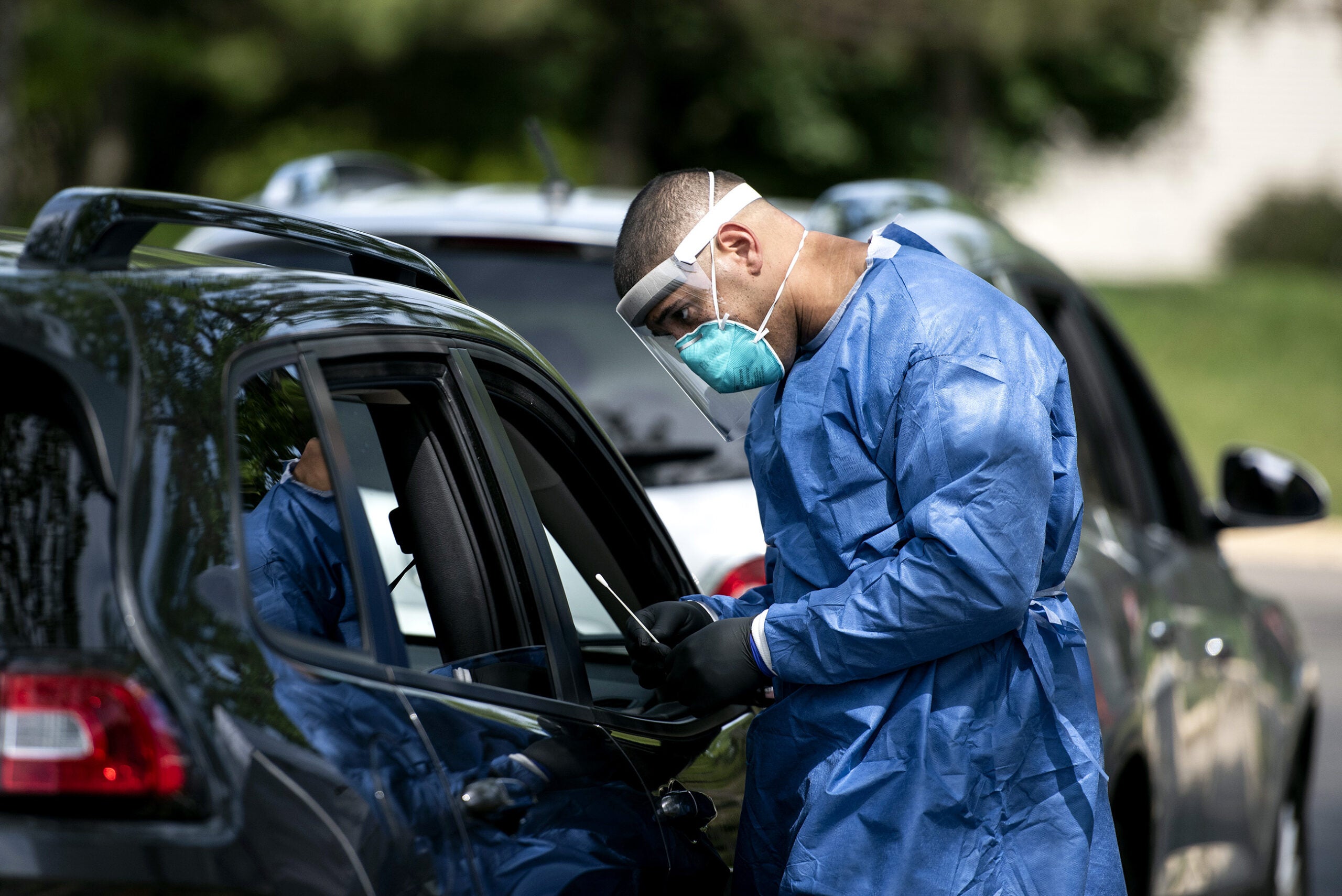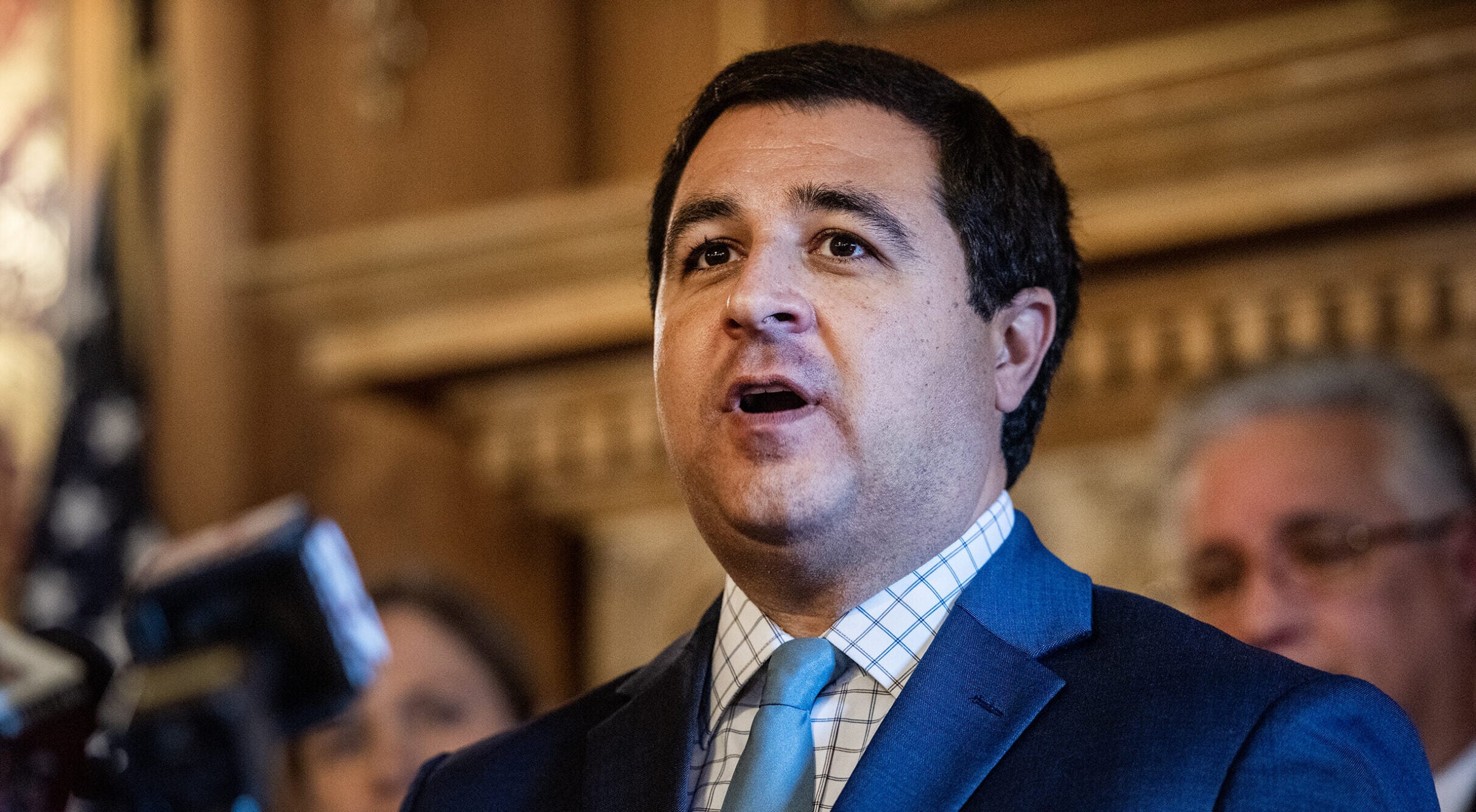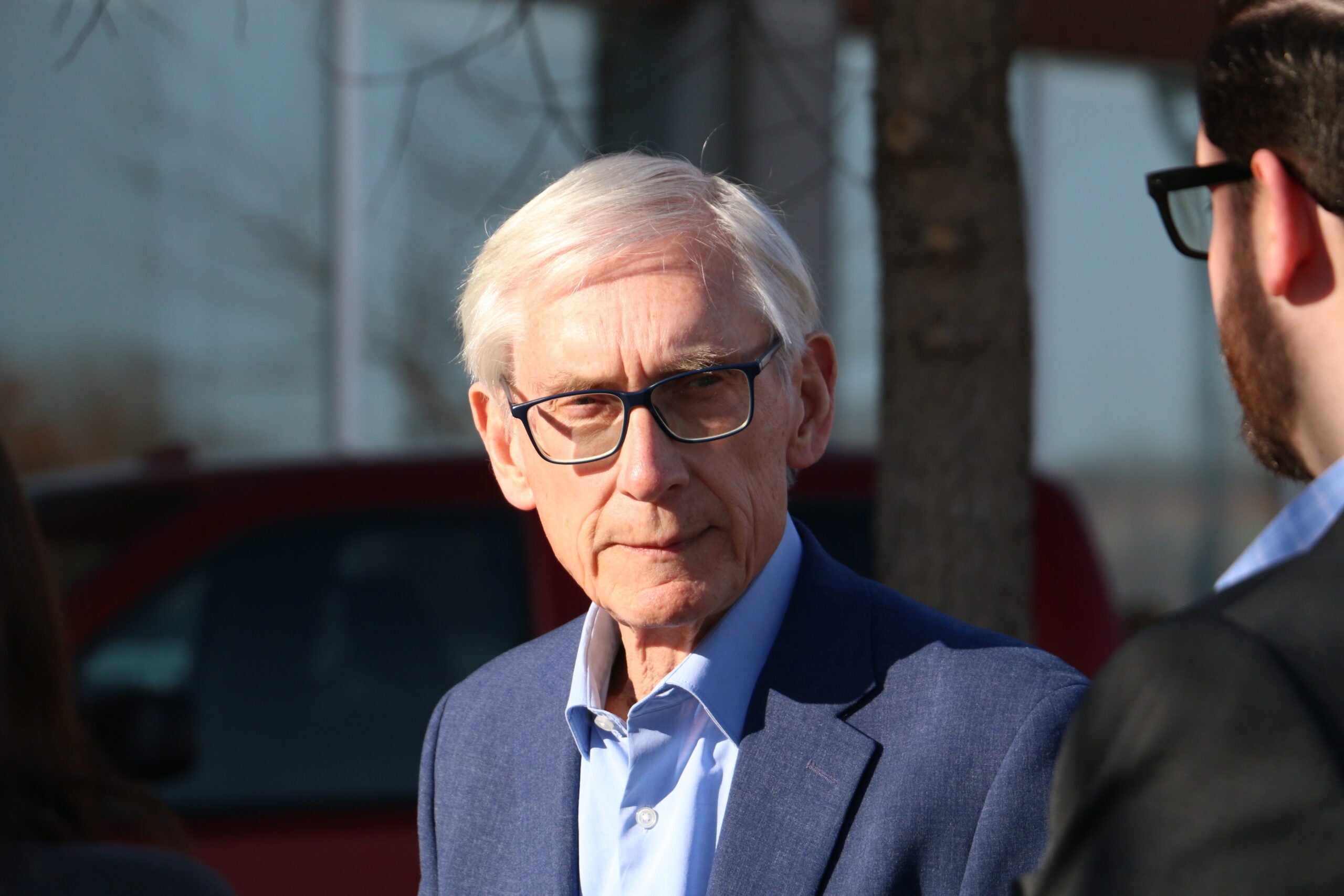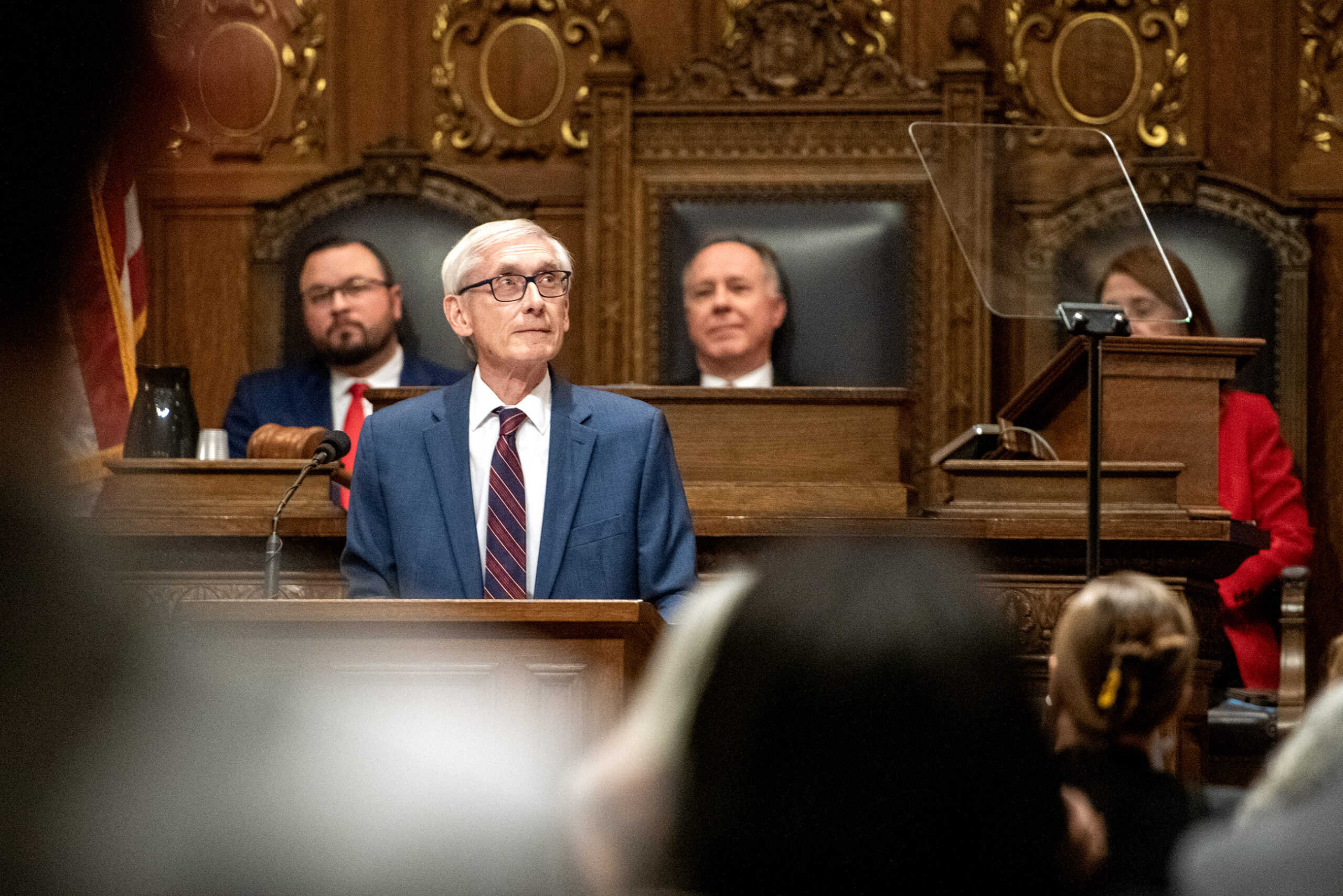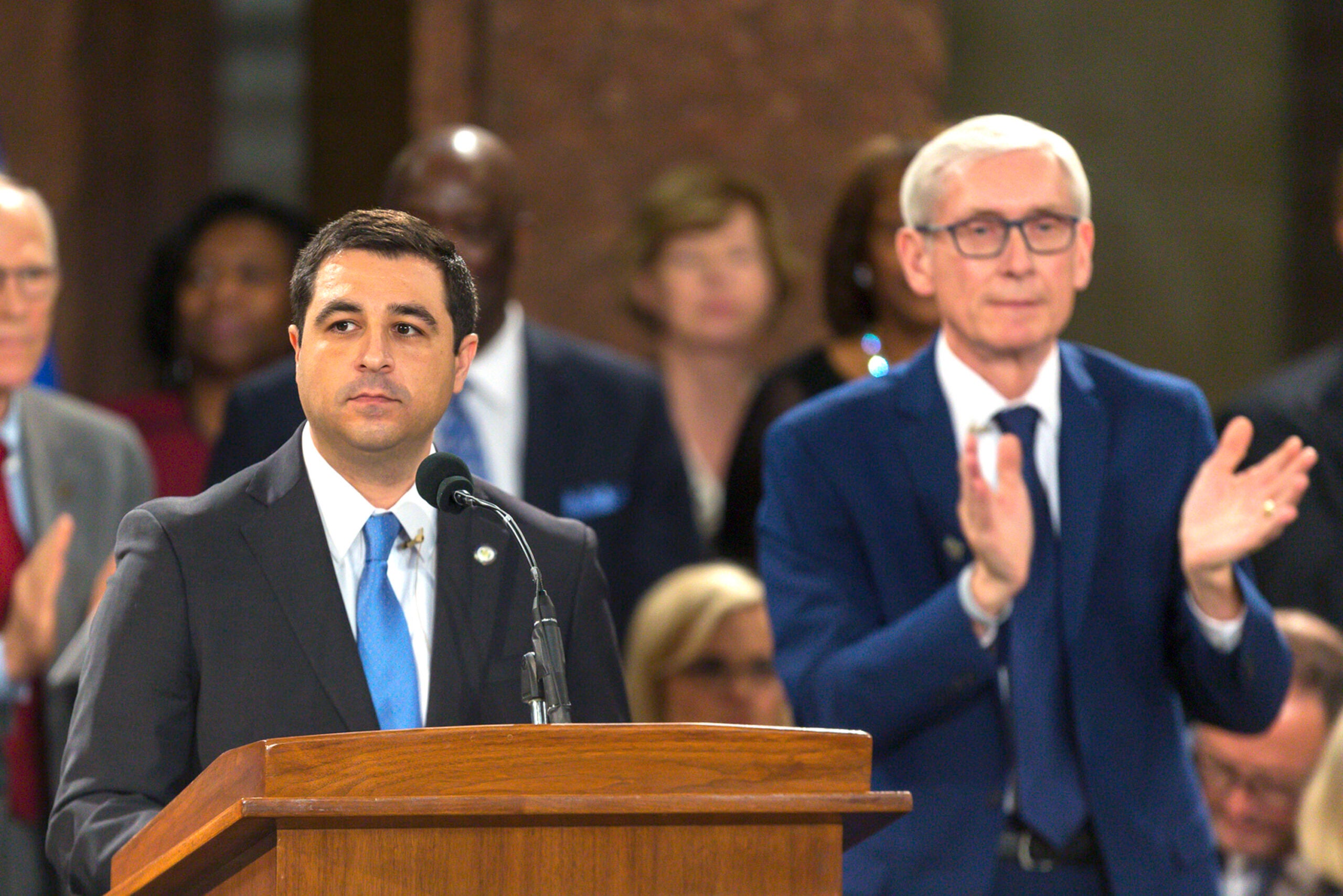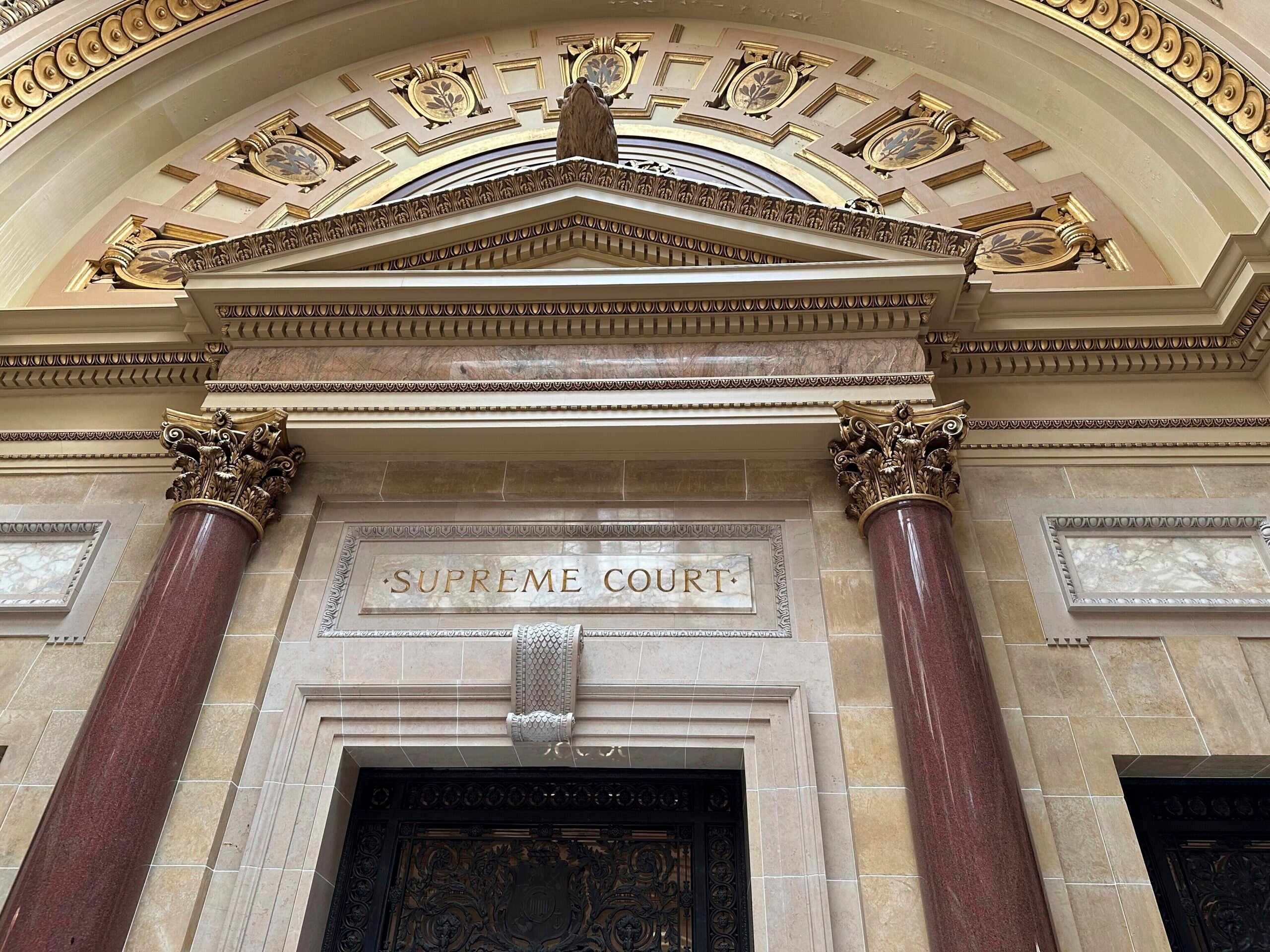Gov. Tony Evers’ administration issued an order Tuesday restricting the size of crowds at indoor locations like restaurants and bars, citing a spike in COVID-19 cases that has strained hospitals across the state.
The order, which could face legal challenges from Republican lawmakers, is the most aggressive move taken by the Evers administration to try to slow the spread of COVID-19 since the Wisconsin Supreme Court struck down his “Safer at Home” order on May 13.
“The State of Wisconsin is in the midst of a deadly, uncontrolled and exponentially growing spike in cases of COVID-19,” reads the governor’s order. “The State is the nation’s COVID-19 hot spot, and intervening measures are necessary to slow the rampage of illness and death caused by the virus.”
Stay informed on the latest news
Sign up for WPR’s email newsletter.
The order is set to take effect at 8 a.m. Thursday. It would end Nov. 6.
Under the order, a private venue would be limited to 25 percent of its usual capacity. For example, a restaurant with a capacity of 200 would be limited to a crowd of 50.
The list of exemptions to the order is long. It wouldn’t restrict outdoor gatherings, where the state Department of Health Services said the risk of COVID-19 transmission was lower.
The order also wouldn’t apply to indoor workplaces that aren’t open to the public, like a warehouse or manufacturing plant.
Many of the same businesses that were exempt from the stay-at-home order would also be exempt from this order, such as grocery stores or construction businesses.
Universities and K-12 schools would be exempt from the order, as would child care centers. Campaign events, polling places and churches would also be exempt.
It would be up to local governments to enforce the order. They could issue fines of up to $500, but it wouldn’t carry criminal penalties.
Legally speaking, the order is different than the statewide mask mandates issued by the governor that Republicans are already challenging in court.
Evers issued the mask mandates using emergency powers given to governors to address public health issues. Those powers have yet to be reviewed by the state Supreme Court.
The public health order issued Tuesday came directly from DHS Secretary Andrea Palm, who issued the stay-at-home order that was struck down by the Supreme Court in its May 13 ruling.
The latest order is effectively trying to thread the legal needle, using powers the Supreme Court didn’t touch in its May ruling. Those powers give the DHS secretary the ability to “forbid public gatherings in schools, churches, and other places to control outbreaks and epidemics.”
A couple of things are different now. For one, the pandemic is far more severe in Wisconsin than at any point this year, and health care leaders have warned the situation will get worse unless people change their behavior.
Beyond that, the composition of the state Supreme Court has changed. A 5-2 conservative majority has been trimmed to 4-3, putting the spotlight on conservative Justice Brian Hagedorn, who sided with the Evers administration in May.
While Republicans have been sharply critical of Evers and have challenged his previous public health orders in court, they were quiet about the latest order Tuesday. Spokespersons for Assembly Speaker Robin Vos, R-Rochester, and state Senate Majority Leader Scott Fitzgerald, R-Juneau, didn’t respond to emails seeking comment.
Wisconsin Public Radio, © Copyright 2025, Board of Regents of the University of Wisconsin System and Wisconsin Educational Communications Board.
